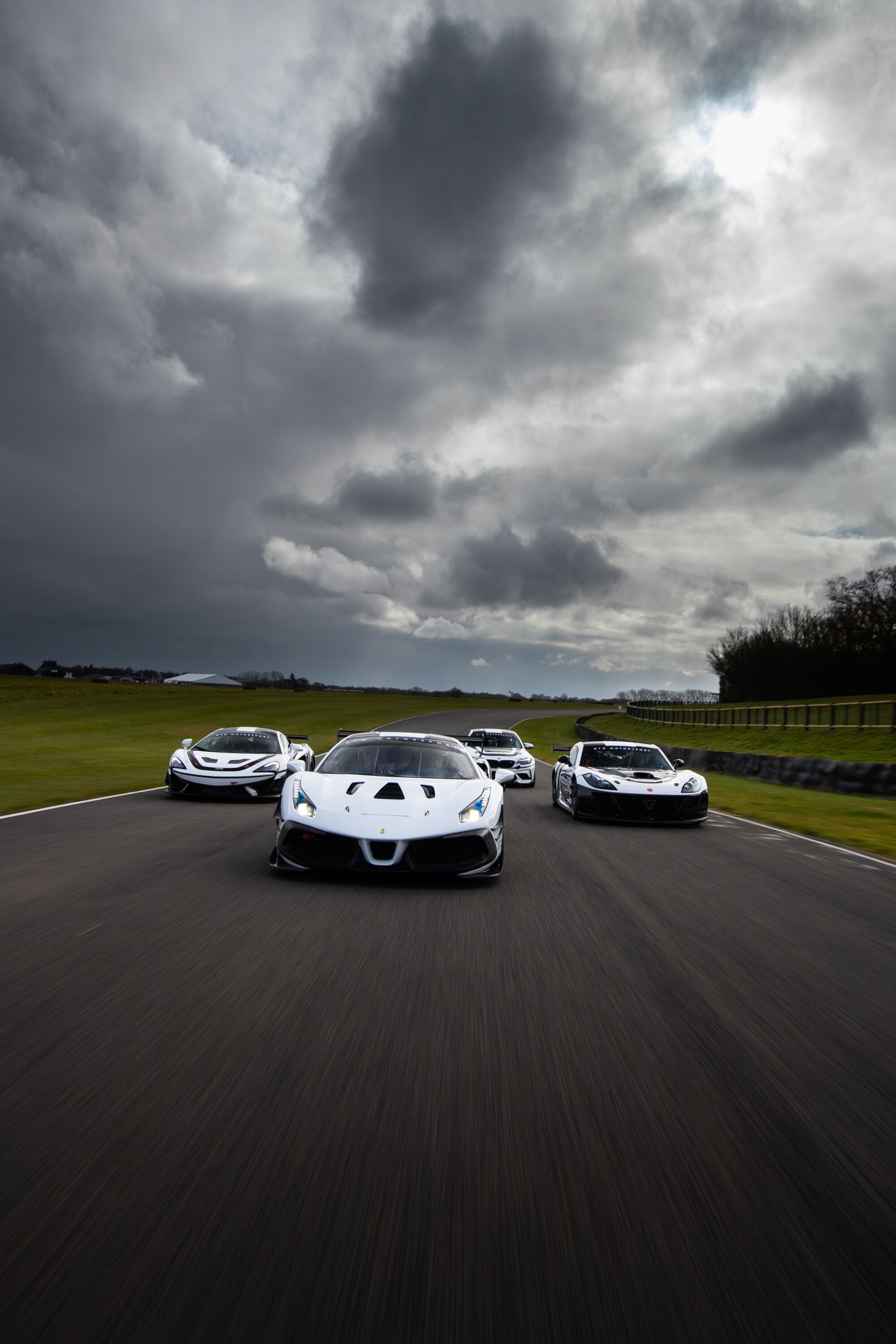Video: Bathing Suit Bike — The Vincent Black Lightning shattered speed and convention
Yet beneath the minimalist outfit lay one of the most advanced bikes of its day. Based on the 55PS (41kW) Black Shadow, the Black Lightning featured magnesium alloy components, aluminium mudguards, lightweight wheels and a solo seat — slashing more than 25kg from the standard machine.
To that lightness, Vincent added power. The 998cc air-cooled V-twin gained stronger con-rods, enlarged inlet ports, polished rocker gear, steel idler gears, racing carburettors and a manual-advanced magneto, bringing power up to 70PS (52kW).
Vincent built just 31 Black Lightnings between 1948 and 1952, but that was long enough to make history. During practice for his official Bonneville run, Free reached 148.6mph, but to break the 150mph barrier he took the drastic step of ditching his leathers. Stretched out like Superman, eyes fixed on the black guideline painted on the salt, he averaged 150.31mph over two runs, making the Vincent Black Lightning the fastest production bike in the world.
The photo that followed — Free prone in swimwear atop the roaring Vincent — became one of the most iconic images in motorcycling history, earning its nickname The Bathing Suit Bike.
Free returned in 1950 to push the record even further, clocking 156.58mph despite surviving a terrifying high-speed crash in testing. Decades later, the Black Lightning's legend was cemented when it became the world's most expensive motorcycle, selling at the Bonhams|Cars Las Vegas auction in 2018 for just under £700,000 — a record for a bike at the time.
We were proud to invite the thunderous Black Lightning to the 2025 Revival, Goodwood being one of the few circuits where this rip-roaring machine can legally run. Watch the story of the legend, as told by its owner, rider and mechanic, by clicking the video above.
revival
revival 2025
event coverage
video
vincent
black lightning
Barry Sheene Memorial Trophy














